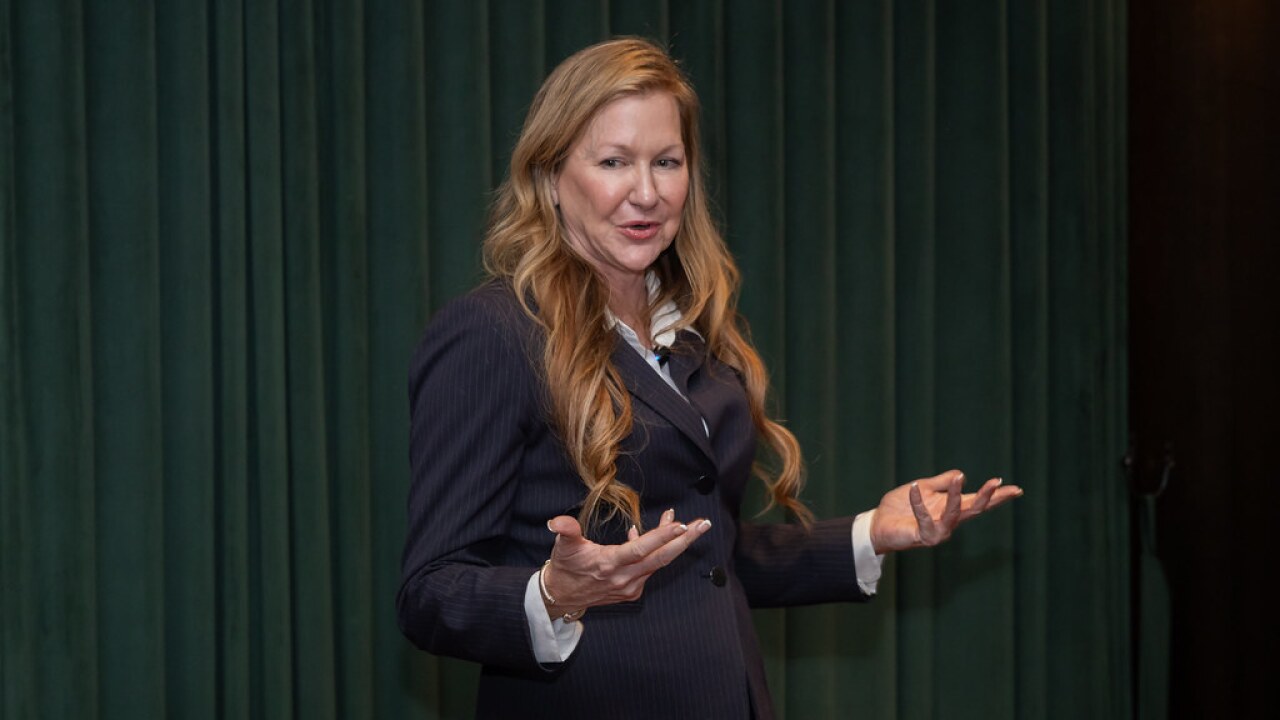As I recently posted on
A recent
The article summarizes methods that the U.S. Navy propulsion program uses through their training, reporting and inspection programs, with a six-area approach that any organization can use to build a better cyber-security culture, leading to improved security that supports the technology measure in place. For each of the six areas mentioned in the article, I’ve added a question for you to consider for your organization.
- Integrity. The military units in the DoD have a strong sense of their mission and clearly know their role in maintaining cyber security. One element is expecting that all have integrity to follow security protocols and procedures, and to let others know when they have made a security mistake quickly. What is your organization more likely to do: punish someone who violates a security rule, or praise that person if they quickly come forward so that the issue can be resolved immediately?
- Depth of understanding. The military stresses “thorough understanding of all aspects of a system” so that those maintaining and using systems can better recognize issues when they arise and can then address them effectively. Are you ensuring that IT staff and contractors have a full knowledge of all systems and interfaces, and making sure any changes are reviewed for potential security issues?
- Procedural compliance. The culture in military units is to know proper procedure and follow it completely, without exception. My former boss, who previously had been a captain on a nuclear attack sub as well as commander of the U.S. Pacific fleet, told me that every sailor on the vessel followed orders immediately without question because if they didn’t someone could lose their life. Is your staff committed to following the operating procedures and keeping documentation for procedures up to date?
- Forceful backup. This concept means that for any high-risk task at least two people, not just a single staff member, are required to complete it. Also, anyone in the unit from the most junior sailor to the commanding officer can stop the process if they see a security issue. Does your organization have the same level of attention to high-risk security activities?
- A questioning attitude. All personnel are trained to listen to their “internal alarm bells” and to act the “if you see something, say something” culture that we hear public security officials stressing. Do you welcome questioning of your security measures by staff or are you allowing blind spots?
- Formality in communication. The military almost has its own language around communicating orders and instructions. When orders are given, the response is to repeat the order exactly as it was given before proceeding, to ensure it was heard and understood. This formal approach minimizes miscommunication and leaves little room for making errors such as misinterpreting or changing the order. Do you have a formal approach to implementation of security, especially in areas of access to systems and working with third parties on data interfaces?
Insurance CIOs and CISOs can learn from the military’s approach to developing a strong cyber-security culture in their organizations. A disciplined, documented and determined cyber-security environment that backs up appropriate levels of technology can minimize risk and ensure fast and effective response when security issues arise.
Novarica is not an IT security consulting firm and does not offer specific advice on IT security matters. CIOs and other IT executives should consult one or more of the many consulting firms that offer specialized expertise in IT security issues when developing and implementing their IT security plans. Please see my report
This blog entry has been republished with permission.
Readers are encouraged to respond using the “Add Your Comments” box below.
The opinions posted in this blog do not necessarily reflect those of Insurance Networking News or SourceMedia.





